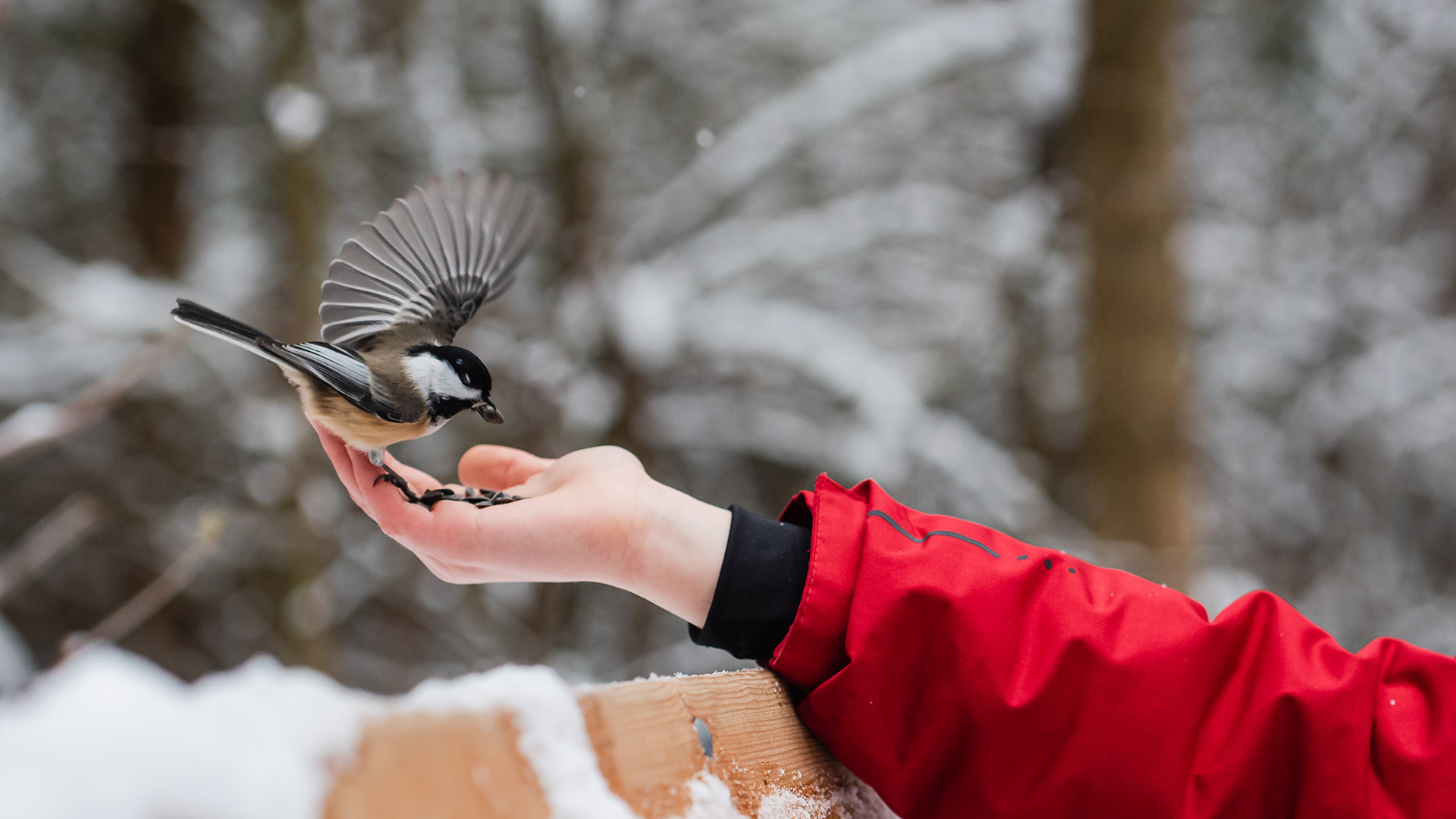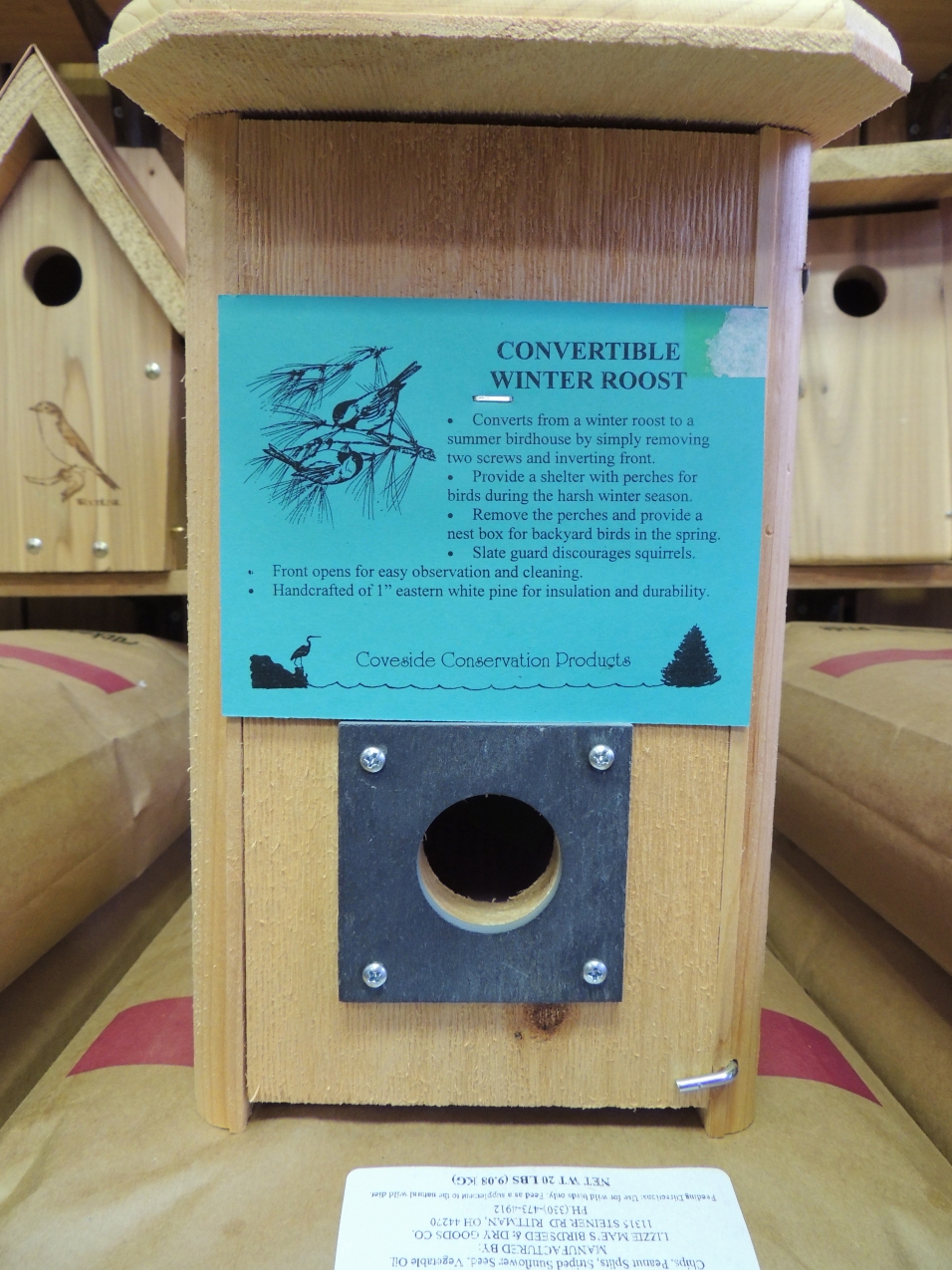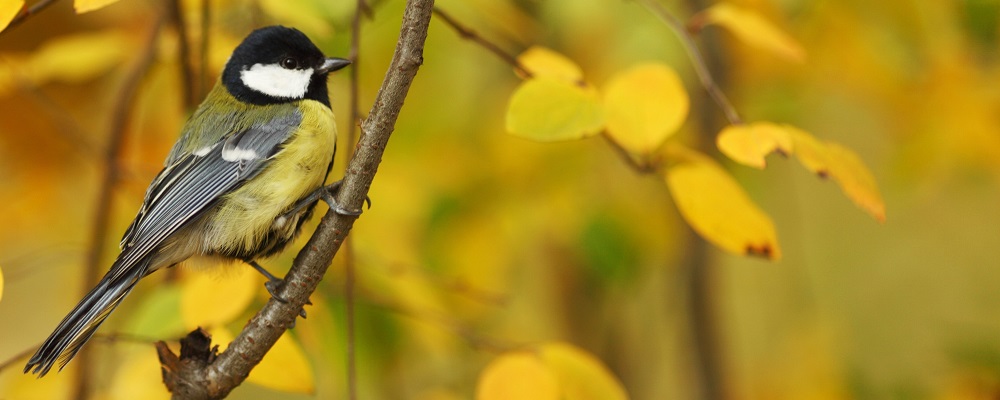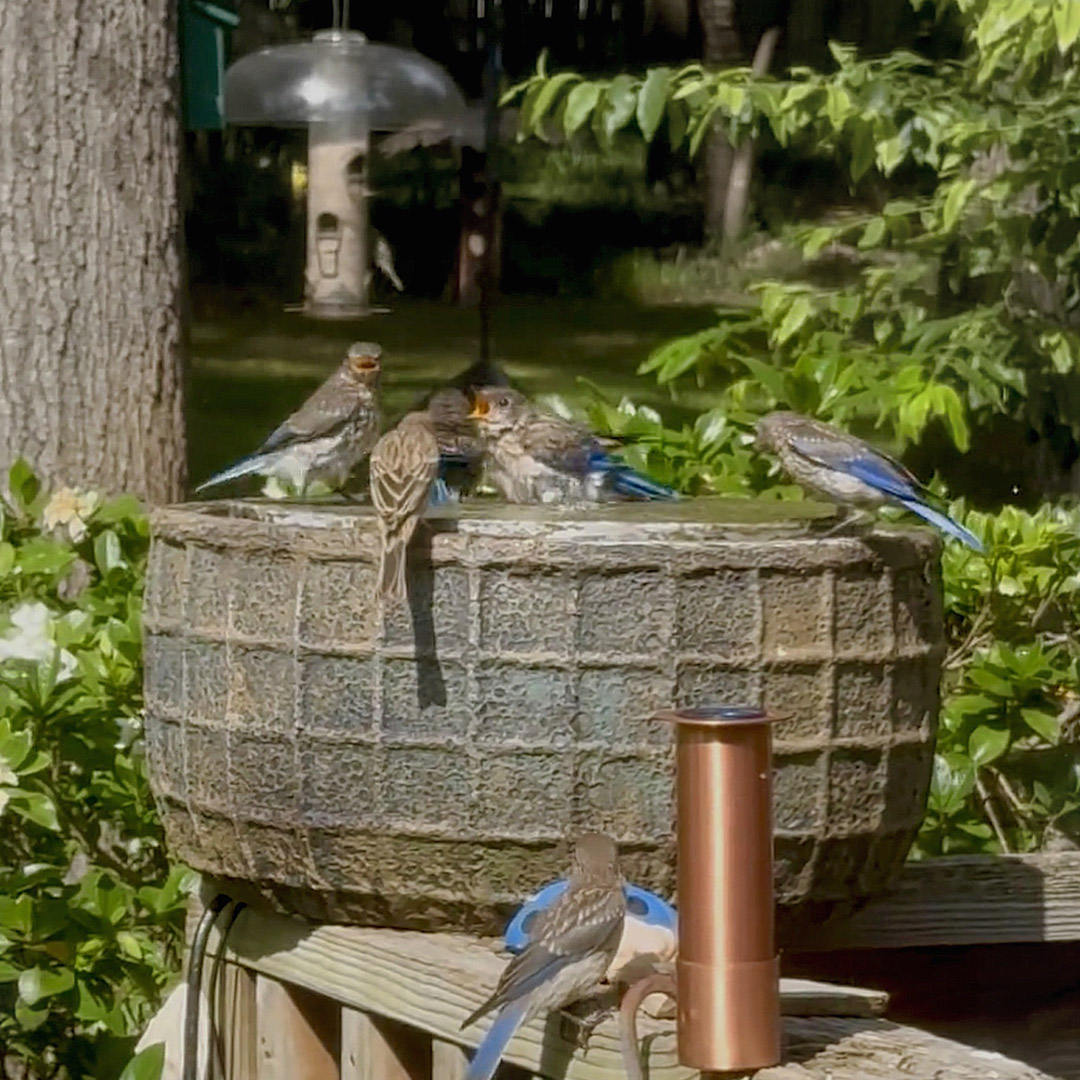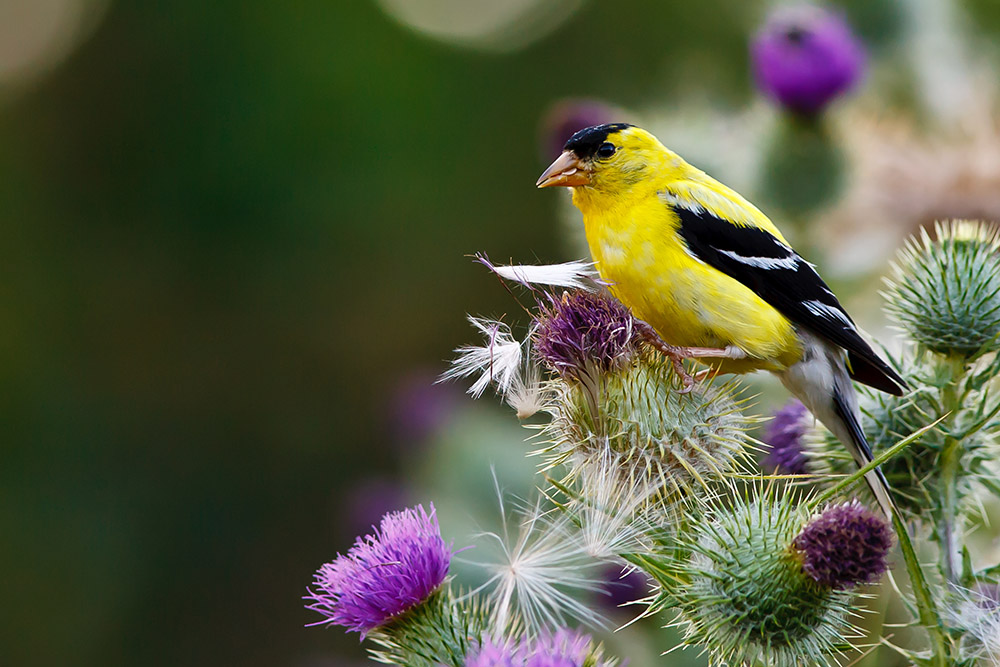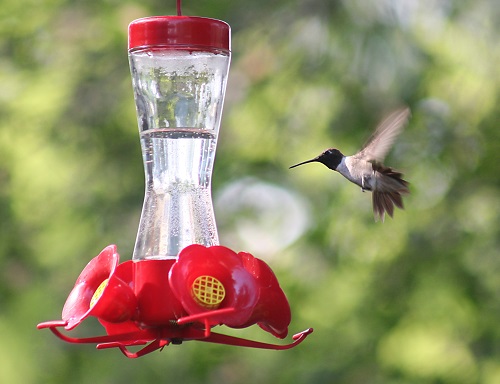Migration is a complex and interesting phenomenon in the wild world. People often call us at Backyard Birds this time of year and ask, “Where are all of the birds?”
Many birds seen in the backyard fly south for the winter in order to survive. Even some of the regular mammal visitors – woodchucks, chipmunks, ground squirrels – get ready for hibernation (another survival technique) this time of year.
For feathered friends like the robin whose diet consists almost exclusively of insects, migration from cold climates when most of the insects disappear is necessary to avoid starvation.
Hummingbirds rely on insects and nectar from flowers, and must follow these southward. Twice a year, these tiny birds weighing less than a dime make the 500-mile flight across the Gulf of Mexico non-stop.
Juncos and towhoes are more abundant this time of year since their breeding and summer home is much further north.
Birds are the most obvious migrants to most people. Amazing instinctual responses not fully understood by man guide all these migrants to and from their destinations, with many ending up back in the same place they were born.
Attract more wildife to your backyard this fall and participate in Project FeederWatch.
What is Project FeederWatch?
Bird lovers have been called to take part in a special project – Project FeederWatch by Cornell Lab of Ornithology – to identify and count birds that land at their backyard feeders.
Scientists and bird enthusiasts can learn a lot by knowing where the birds are. Bird populations are dynamic; they are constantly in flux. No single scientist or team of scientists could hope to document and understand the complex distribution and movements of so many species in such a short time.
Project Feeder Watch by Cornell Lab of Ornithology is a winter-long survey of birds that visit feeders at backyards, nature centers, community areas, and other locales in North America. Feeder watchers periodically count the birds they see at their feeders from November through early April and send their counts to Project FeederWatch. FeederWatch data help scientists track broadscale movements of winter bird populations and long-term trends in bird distribution and abundance.
Anyone interested in birds can participate. FeederWatch is conducted by people of all skill levels and backgrounds, including children, families, individuals, classrooms, retired persons, youth groups, nature centers, and bird clubs. Participants watch their feeders as much or as little as they want over two consecutive days as often as every week (less often is fine). They count birds that appear in their count site because of something that they provided (plantings, food, or water).
How to Participate in Project FeederWatch


